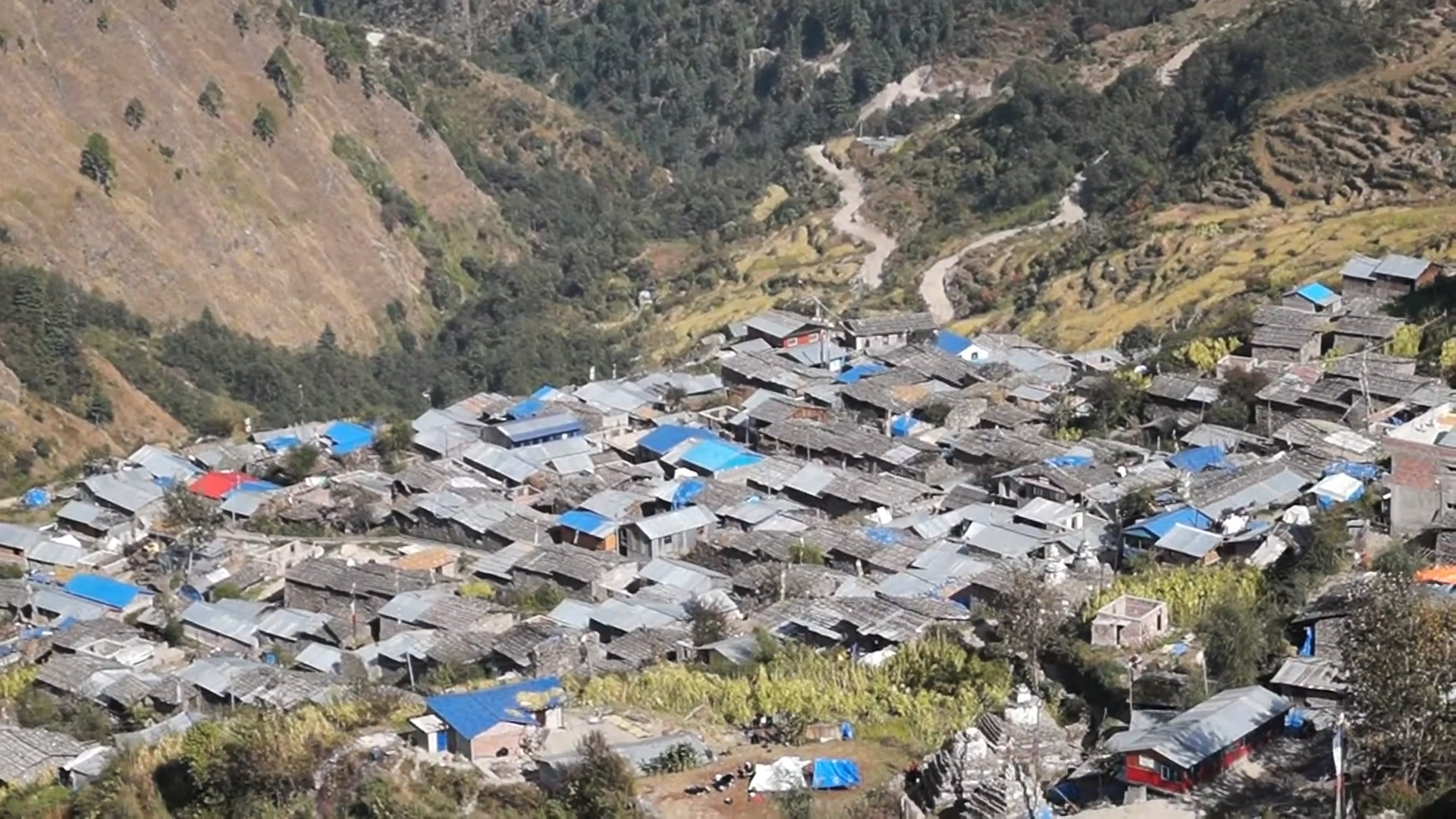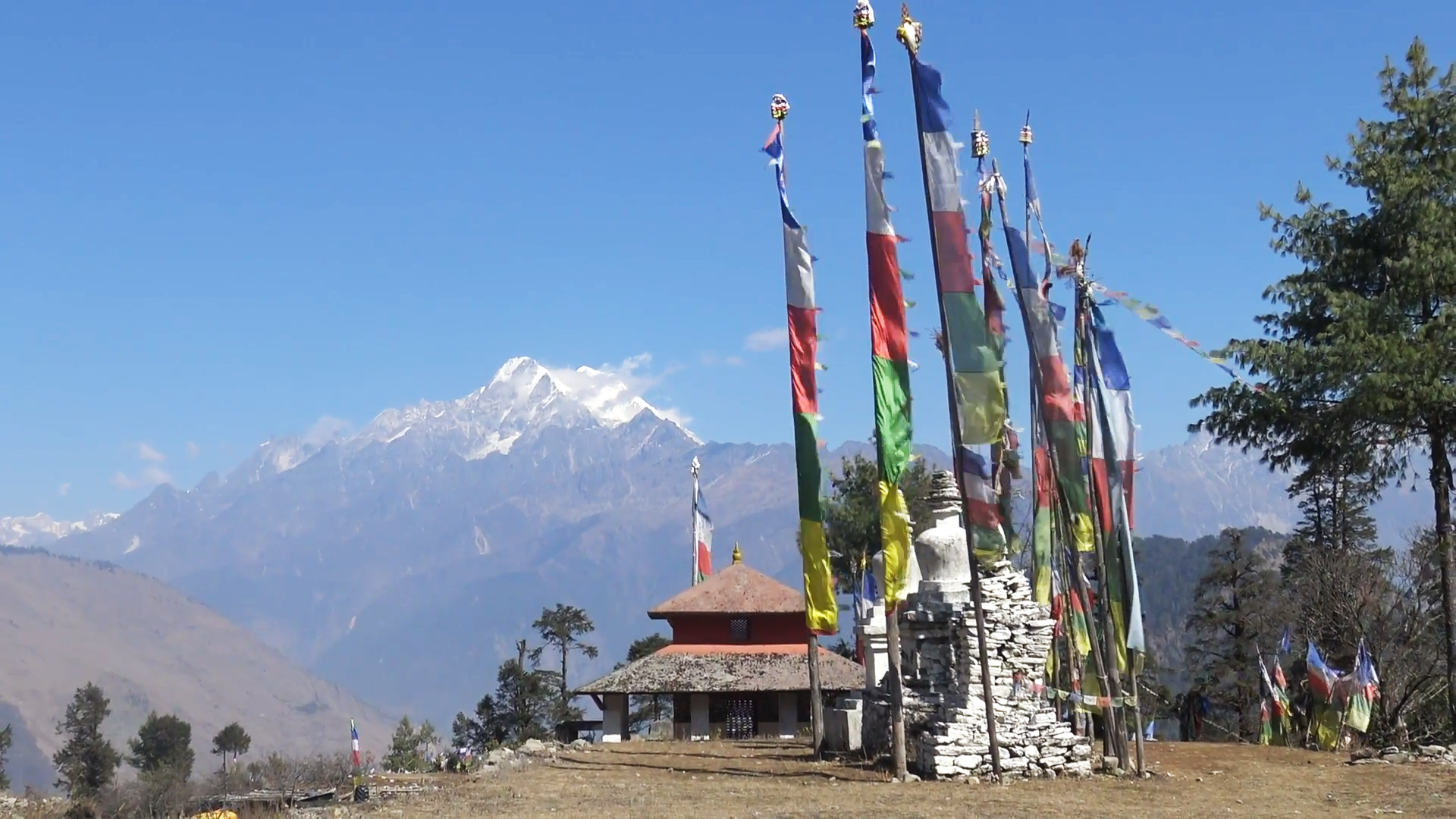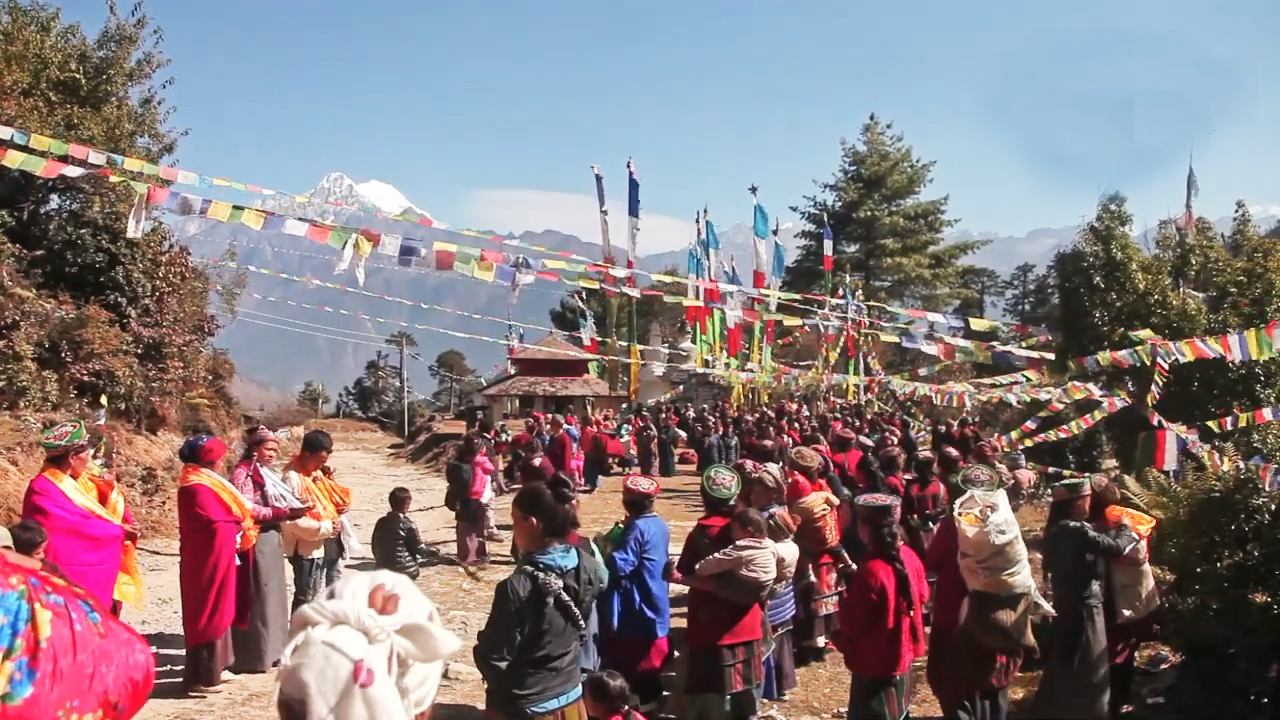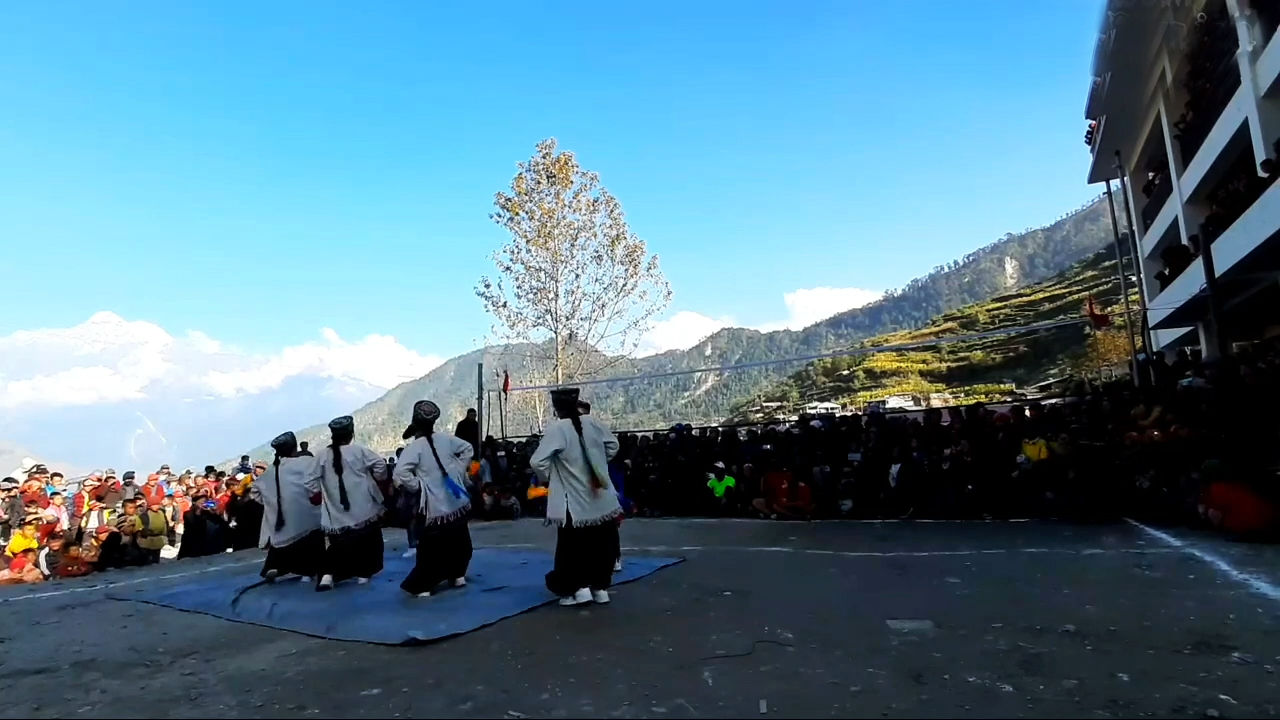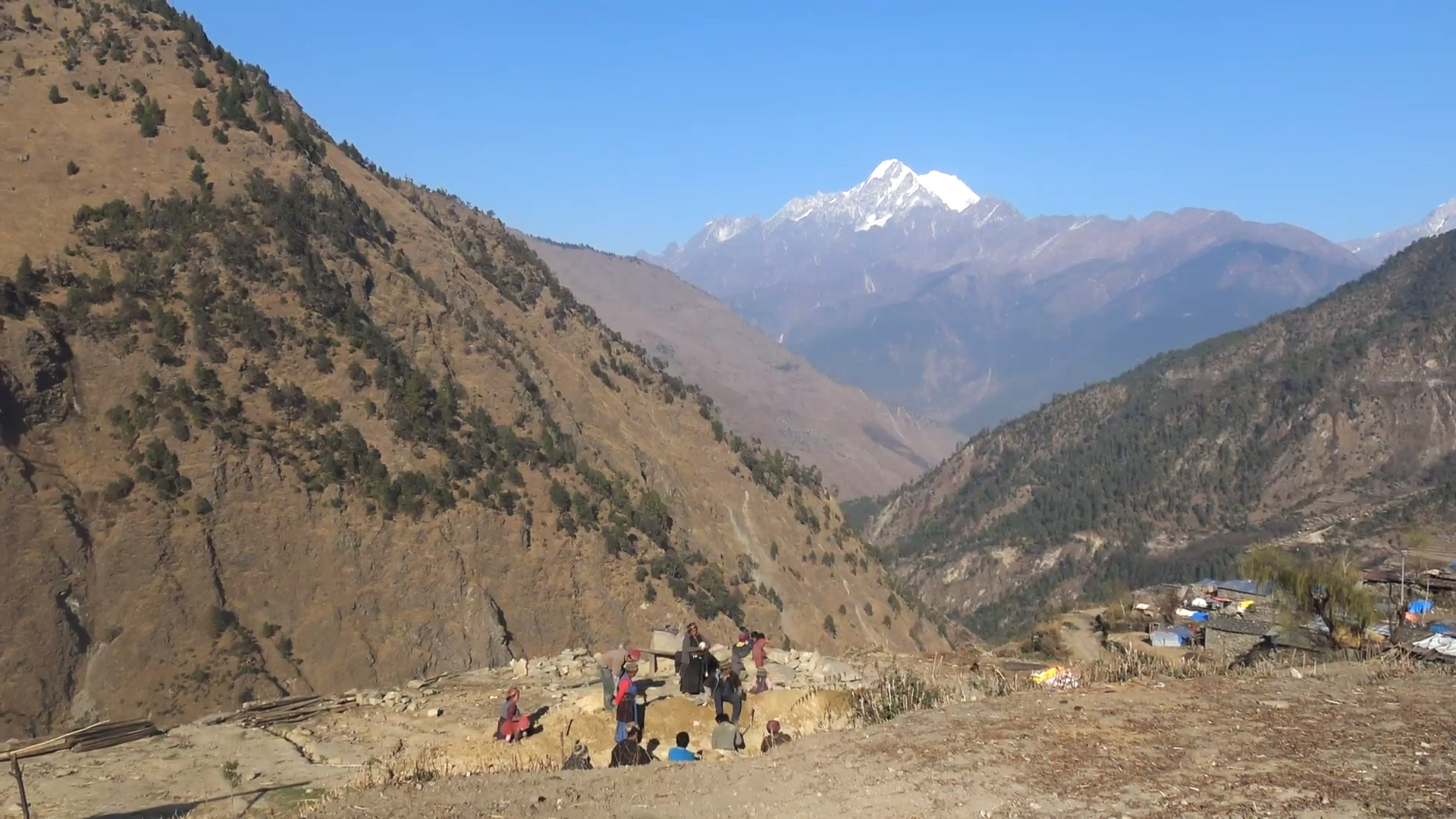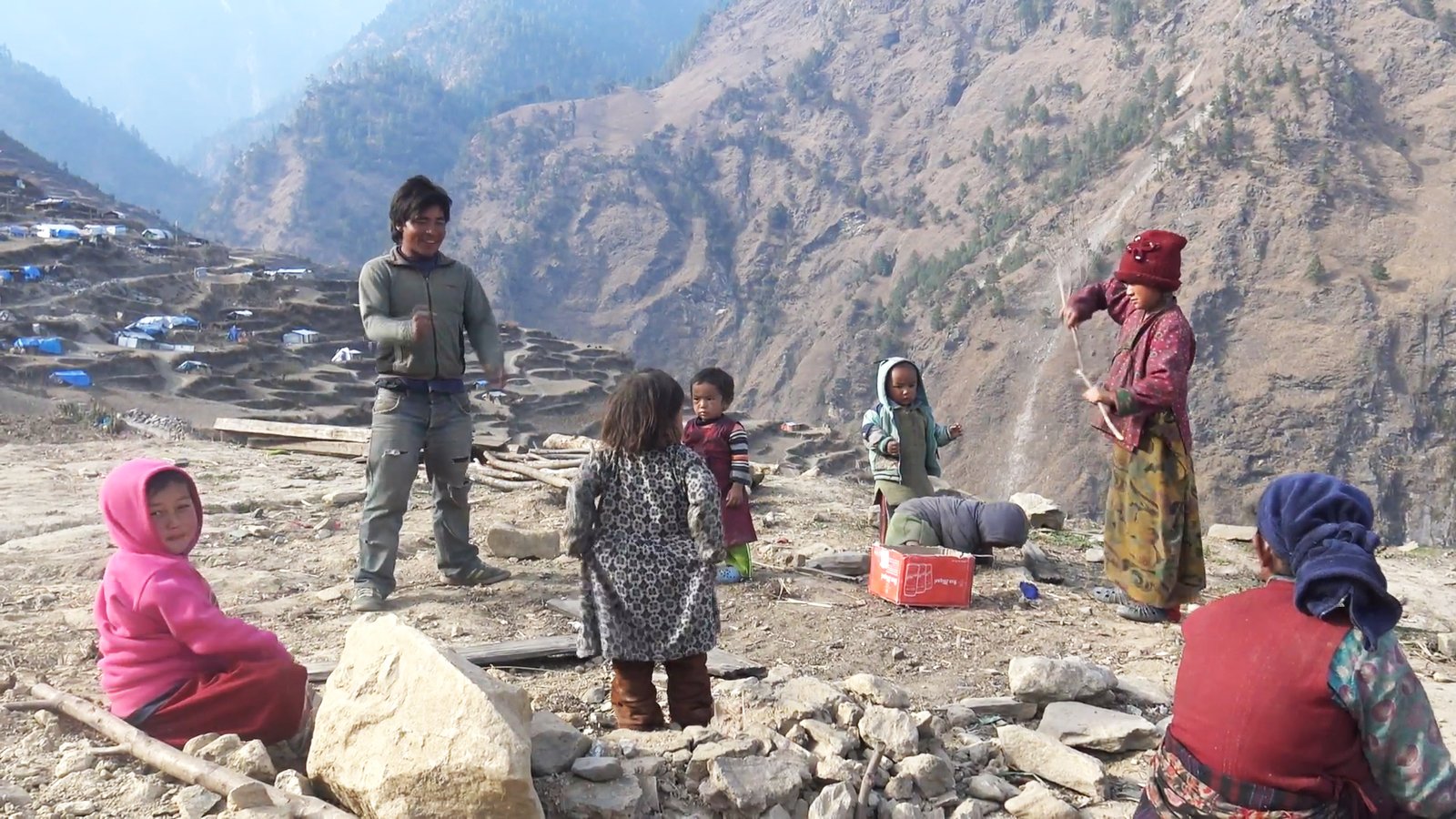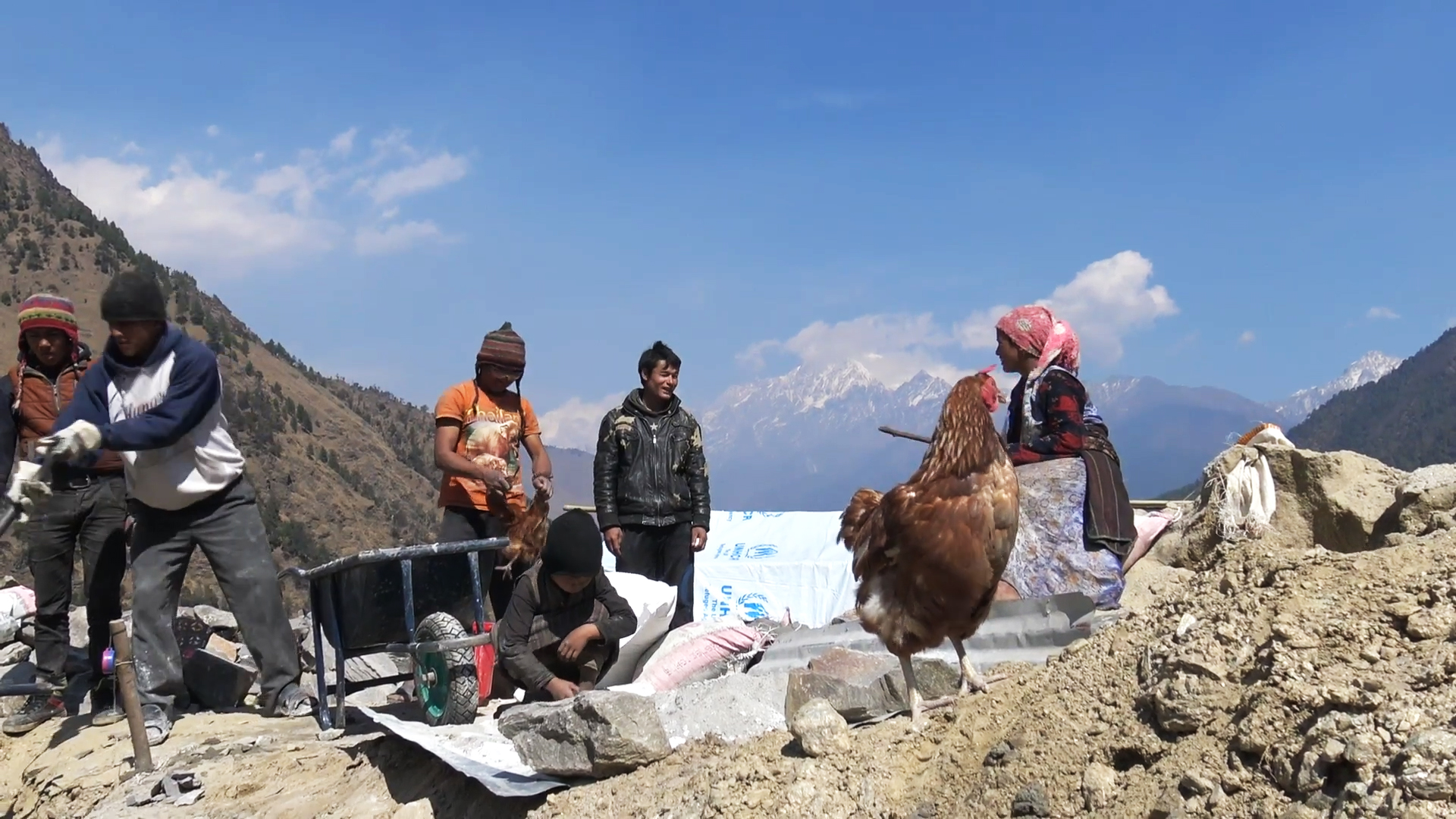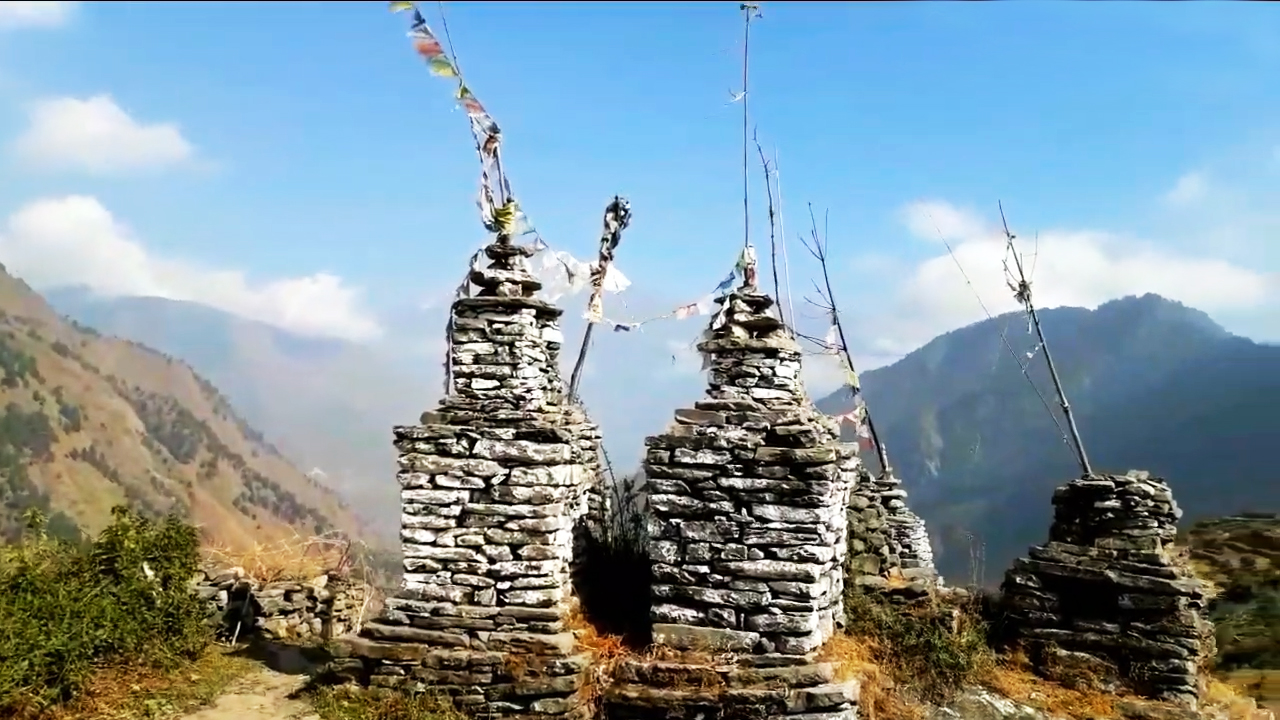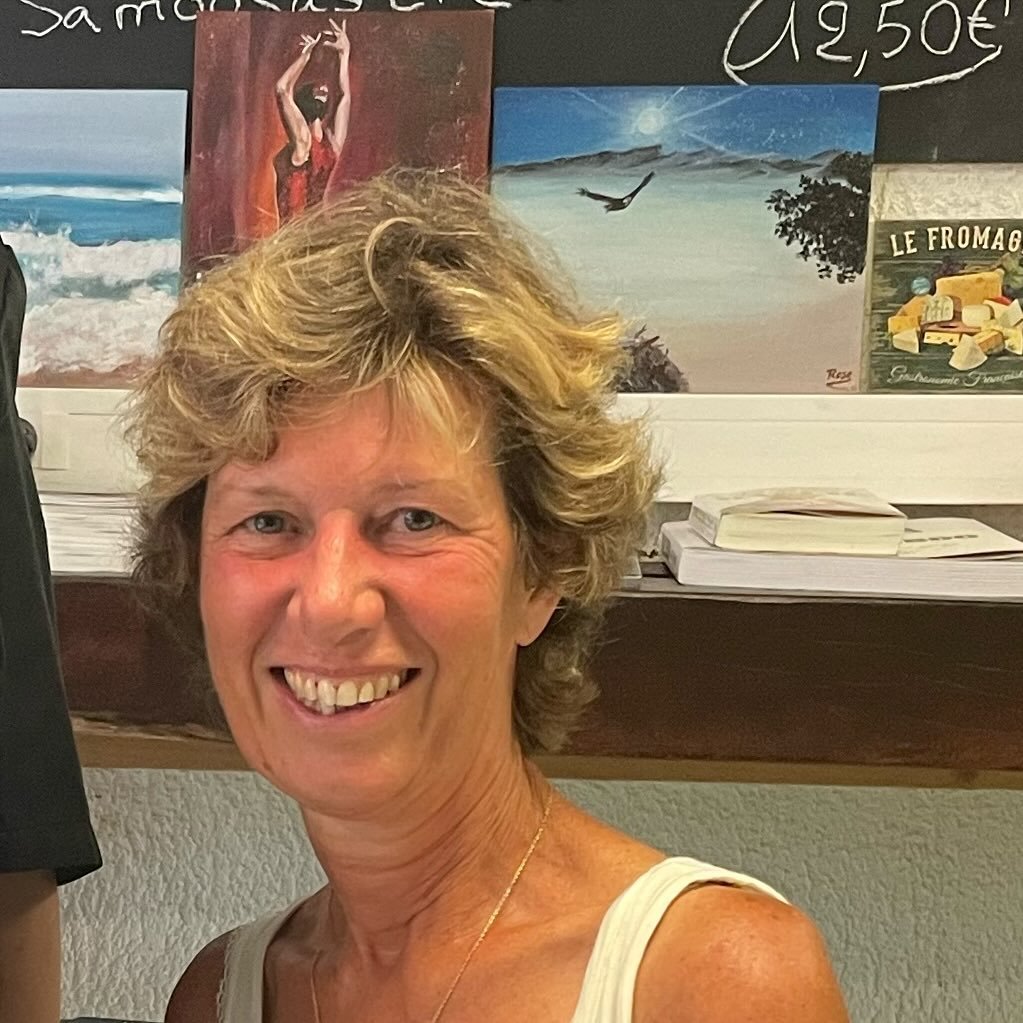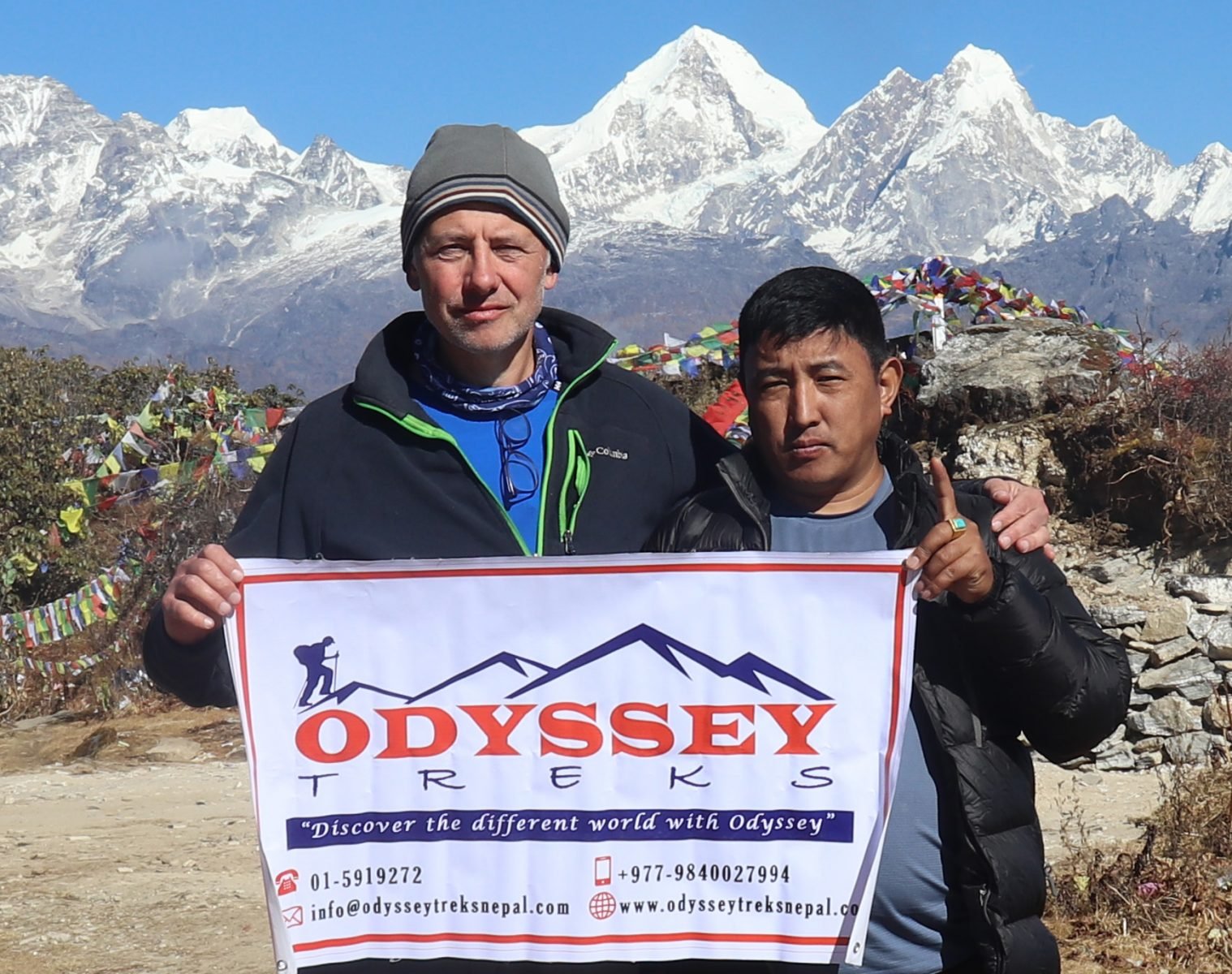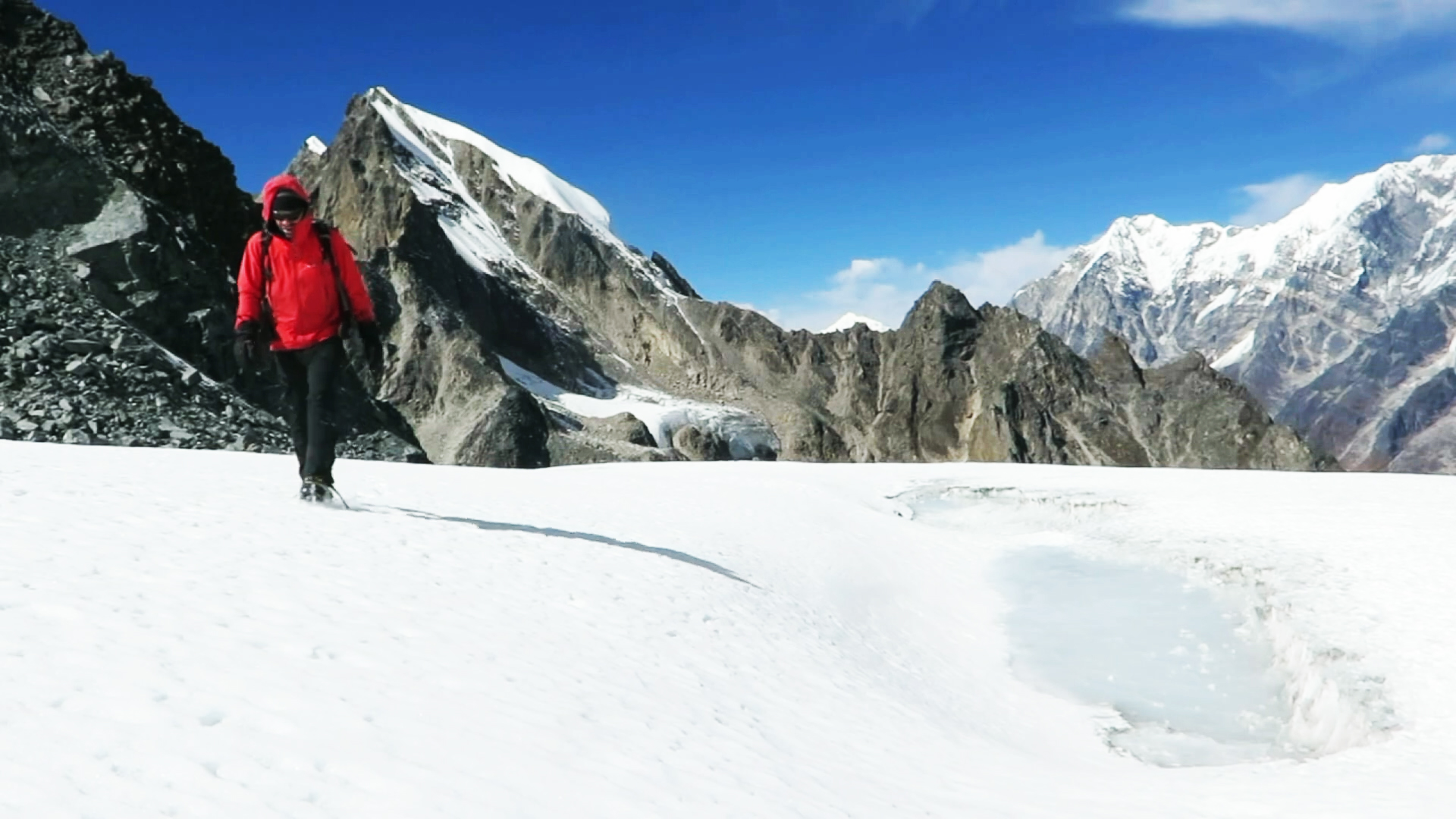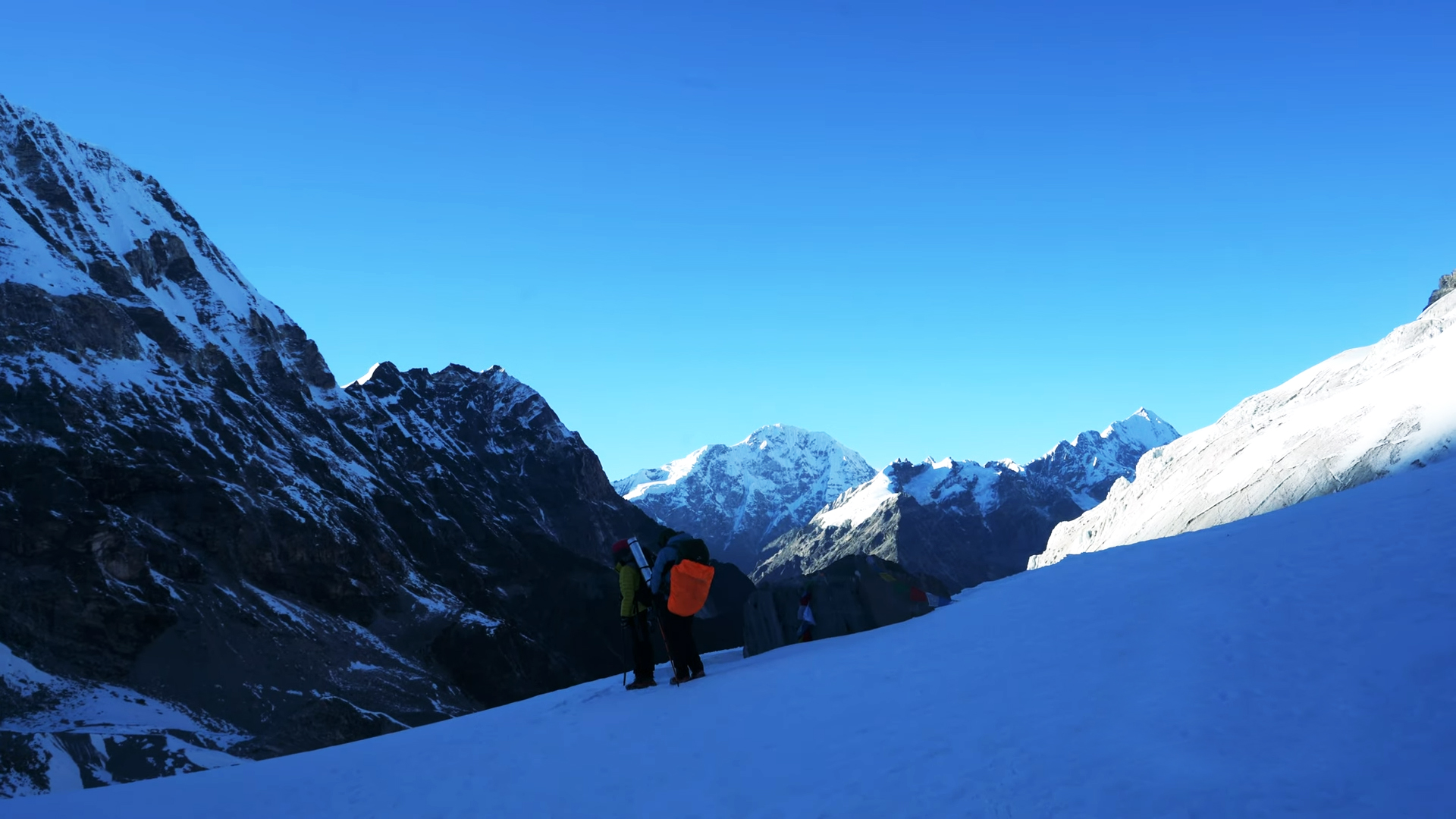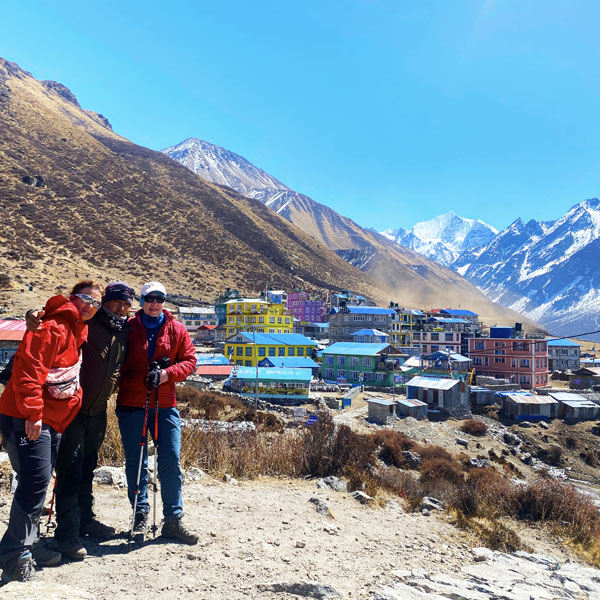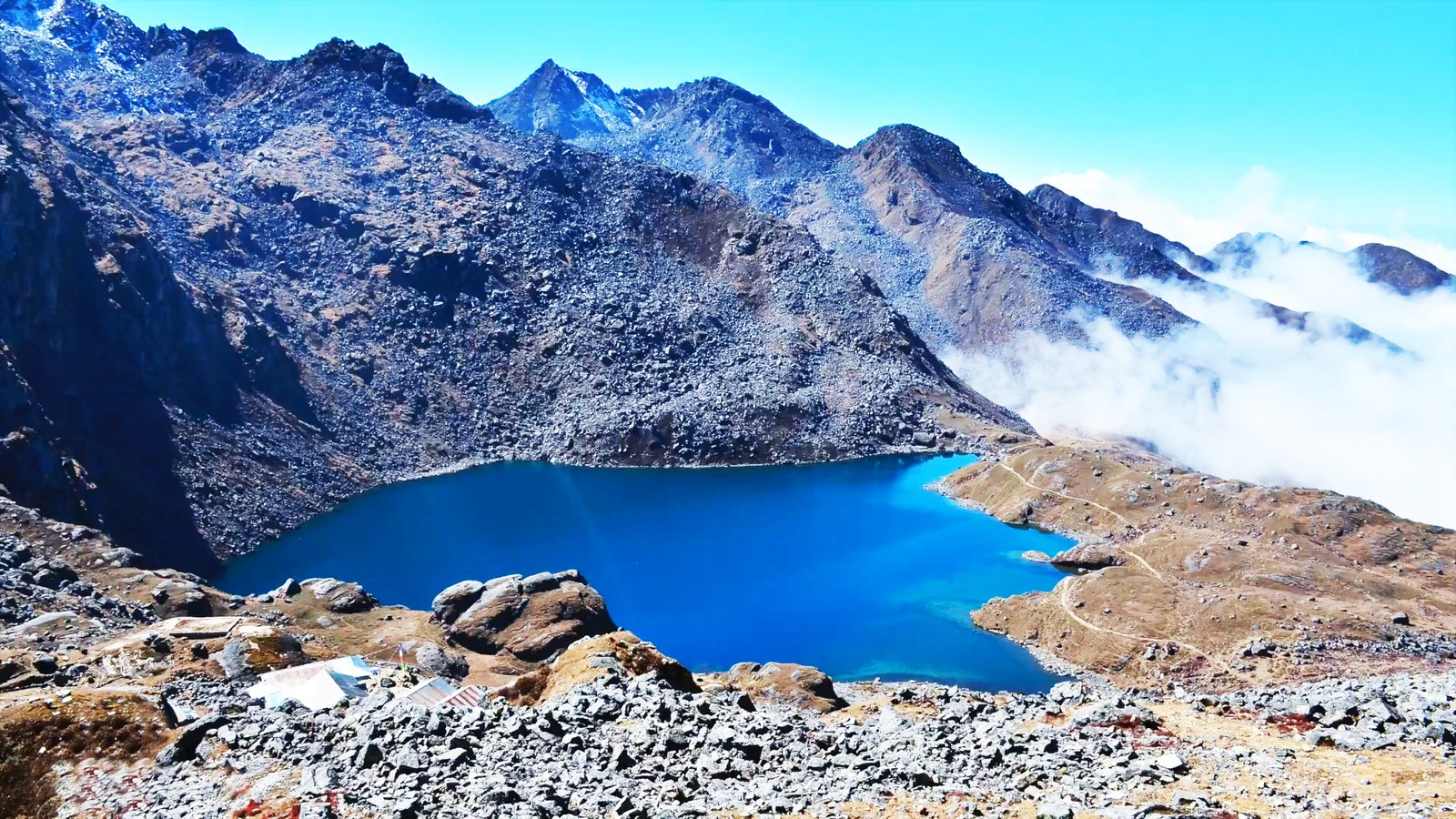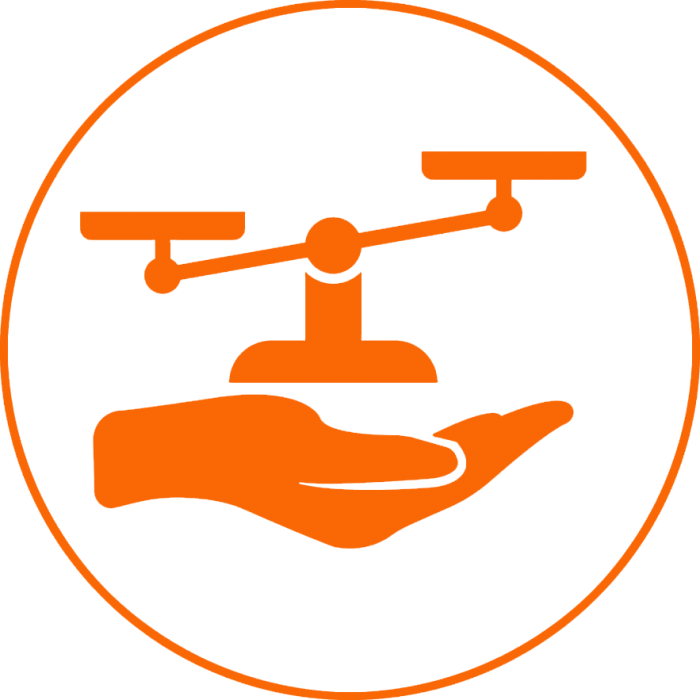Trip Overview
Introduction to Langtang Tamang Heritage Trek
The Langtang Tamang Heritage Trek is one of the most popular trekking trails in the Langtang region of Nepal. The Tamang people are an ethnic group in Nepal. This ethnic group lives in the northern part of Kathmandu and near the Langtang Range. These communities are mainly sheep and yak herders, as well as grain and vegetable farming. In addition, their daily life activities include trading with Kerung in Tibet and making baskets and mats from mountain bamboo.
The Langtang Tamang Heritage Trek Trail shows you the rich historical and cultural heritage of the Tamang people. The trail also takes you to exciting mountain views, beautiful farmlands, and rich jungle lands. The rituals of the Tamang tribe, traditional Tibetan culture, festivals, and local people’s dance make this heritage trek very popular and unique. A visit to the beautiful local Tamang monastery and the sacred Parvati Kunda Lake of Gatlang will make your trekking worthwhile.
Nagthali Pass has a beautiful viewpoint from which you can see the Langtang Himalayan Range and Kerung (Tibet). In April and March, rhododendron flowers cover the forest, which is also the national flower of Nepal. Wild animals such as leopards, red pandas, and musk deer can be seen in the valley.
You May like to visit: The Glimpse of Tibet Tour In just 5 days, Cost, Distance, Cultural Heritage
Explore Culture and Ethnic Group
Langtang The Tamang Heritage Trek is a great exploration of the culture with beautiful mountain views in the Langtang region of Nepal. Plus, it offers you a wonderful opportunity to experience the unique customs of individuals and helps you gain knowledge about these ethnic groups. If you want to explore the cultural aspects of Nepal with mountain views, the Tamang Heritage Trekking Package is definitely for you. If you want something different from staying in a hotel, this trek gives you the experience of a homestay trek.
The monasteries in this area reflect the prevalent Tibetan Buddhist culture. During your trekking trip to Tamang village, you can see beautiful Himalayan scenery like Langtang Lirung, Langtang Kerung, Paldor Peak, Ganesh Himal, Yala Peak, Tseku Ri, Naya Khanga, the Tibetan Himalayan Range, and the Sanjan Himalayan Range.
After an 8-hour drive from Kathmandu, we reach Syabru Bensi. The Langtang Langtang Tamang Heritage Trek also starts and ends at Syabru Bensi. It is a newly discovered tourist destination that promotes sustainable and responsible tourism. Spring (March to May) and autumn (September to November) are the best times for this trip. You can do this trek in winter, but the cold temperature may not be suitable for every trekker.
You may visit: The Best of Nepal Tour in just ten days: Package, Itinerary, .Cost
Trip Itinerary
Drive Kathmandu to Syabrubesi (1,550m) – 8 to 9 hours.
Syabrubesi to Gatlang (2,238m) - 6 to 7 hours walk.
Gatlang to Tatopani (2,607m) - 7 to 8 hours walk.
Tatopani to Nagthali (3,300m) – 3 to 4 hours walk.
Nagthali to Thuman (2,33 m) - 4 to 5 hours walk.
Thuman to Rasuwagadhi (1,814m) – 7 to 8 hours walk.
Rasuwagadhi to Briddim (2,229m) – 6 to 7 hours walk.
Briddim to Syabrubeshi (1,550m) – 4 to 5 hours walk.
Drive Syabrubeshi to Kathmandu – 8 to 9 hours.
Why not list the price?
Each client's needs may be different. The price of the trip varies according to the size of your group and the service you want. The cost of the trip is calculated according to the type of service and accommodation chosen by our customers.
Each trip is customized to fit the client's needs and group size, so the price of each organized trip is different. Please let us know the service you want and the size of the group. We create trips to suit your taste and travel budget per your requirements. Hope you find our price calculation reasonable according to your needs and preferences.
Frequently asked questions about this trip
How difficult is the trek?
The difficulty depends on where and how long you want to trek. The short trek is easy while the long trek requires some physical fitness.
What is altitude sickness?
Altitude sickness is normally known as acute mountain sickness. This can happen when people rapidly climb up to an altitude of more than 3000 meters. We ensure minimal risk by adding rest to our trekking itineraries. Most people will feel some effects of altitude, some shortness of breath and possibly light headache, this is normal enough. Acute mountain sickness patients are quite different and usually have a serious headache, sickness, and lose awareness. In almost all possible cases there are sufficient warning signs to take action properly. Descending to a lower altitude is usually enough to prevent any further problems.
What type of accommodation is available during the trekking?
There are mainly tea houses and lodges available for trekking and they are usually made using local materials and are very comfortable. These accommodations are often family-run and usually provide single and double rooms. The dining room is on the ground floor and is often on fire. All food will be cooked in order in the family kitchen. Toilet facilities are sometimes separate and sometimes outside. Most lodges provide mattresses and blankets. It's a good idea to always have a sleeping bag, which can be useful, and perhaps an inflatable pillow.
How long do we walk every day on trekking?
Trekking programs are classified into three different categories: soft, moderate and hard. Soft treks are only about 7 days to 10 days in duration. They generally do not go above 4000 meters; you can expect to walk about 4-5 hours each day. Moderate treks are challenging enough and long treks that go to the high hill country. Physically exhausting, this involves trekking along the cliffs of the mountains for about 6-8 hours. Harder treks are longer treks that go farther away from the general abode of trekkers and tourists. These physically challenging treks involve walking for 7- 9 hours each day.
How much weight do I need to carry on the trek?
You carry some of your personal belongings, such as warm clothing, water, snacks, sun block, cameras and more. Generally, these items will be lightweight, from 5 to 10kg (10 to 20 pounds). Our porters are available for other heavy goods and for your information one porter would be sharing by two people. The maximum weight carried by one porter is total 20 kg. this means 10 kg. per person is allowed for the trek. In case if you wish to carry more than this weight then you need to hire additional porters.
What is the best time for trekking in Nepal?
October and November are considered as the best times for trekking in Nepal due to dry season. December and January are also considered good times for trekking but it is extremely cold at high altitudes.
Google Reviews
Guest reviews
Thank you a lot for your organization about my trek. It was a superb experience; all was perfect. Karma is a very nice person and a good guide. I appreciated trekking with Odyssey (a reliable Nepal trek operator). If I come back to Nepal, I will be happy to...
Have just returned from my fourth trip to Nepal and as always Odyssey Treks organized everything superbly. We visited Makalu relatively late in the season and were rewarded with empty trails and amazing weather. Karma was as entertaining, friendly, and informative as ever along with Ang Dawa Sherpa who...

